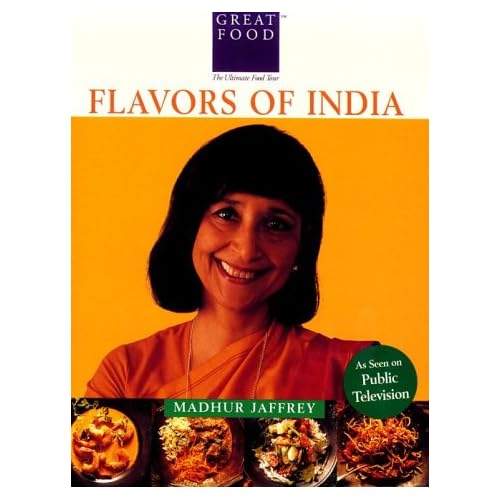We absolutely love this dish and eat it at least twice a week right now. Delicously healthy and exotically spiced, I could probably eat it every day and not get tired of it...Sambar is type of Indian stew made with vegetables, dahl (legumes) and sambar spice powder. Making this recipe will require a trip to the International Market in Metairie or any store that specializes in Indian spices and products. One of the must have ingredients for southern Indian food is fresh curry leaves. Having no relation to the mixture of curry spice powder, these are small, fragrant, green leaves from the kari tree that are available in Indian food markets. They usually come in a bag and can be stored in your refrigerator for about 2 weeks. Some recipes say that you can substitute bay leaves but that totally changes the flavor of the dish so I would say if you can't find curry leaves, omit them entirely. But as I said, most Indian markets have them.
 |
| Curry leaves |
The first step in this recipe is the most time consuming because you have to make your own sambar powder. But once you do this it can be store for a few weeks in a jar and used to make the sambar stew recipe at least 4 times. But I should warn you that this is a spicy dish! On a scale of 1-10 I would probably put it at a 7 in terms of spicy heat. We love hot spicy foods, so I don't even think about the heat when I'm eating this, but I know we are propably not the norm...
 |
| Sambar Powder |
This recipe is from Madhur Jaffrey, with my only addition being a piece of cinnamon stick.
Sambar Powder
* 1 tsp. vegetable oil (I use
coconut oil, available at whole foods)
* 5 Tbs. coriander seeds
* 1 tsp. whole mustard seeds
* 1 tsp. moong dal
* 1/2 tsp. chana dal
* 1/2 Tbs. urad dal
* 1-2" piece of cinnamon stick
* 1 tsp. fenugreek seeds
* 1 tsp. black peppercorns
* 1/4 tsp. ground asafetida
* 1 tsp. cumin seeds
* 20 fresh curry leaves, if available
* 12 hot dried red chilies
Heat the oil (yes, only 1 tsp.) in a large, heavy frying pan or wok over medium heat. Put in the coriander seeds, mustard seeds, split mung dal, split chana dal, urad dal, fenugreek seeds, peppercorns, asafetida, and cumin. Stir and roast for 3 to 4 minutes. Add the curry leaves. Stir and roast for a further 5 minutes. Add the dried chilies and continue stirring and roasting for 2 to 3 minutes, or until the chilies darken. Empty the spices into a bowl to cool, then, in small batches, grind as finely as possible in a coffee grinder. Store in a tightly closed jar, away from heat and sunlight. You can also buy sambar powder at an Indian grocery store, but it is not nearly as flavorful as this.
Vegetable Sambar
One of the things I love about this recipe is that you can change the fresh veggies to incorporate what you have in your refrigerator. You can use any combination of carrots, green bean, zucchini, onion, fresh greens like spinach or kale, tomatoes, etc.
An important steps in southern Indian cuisine is the "tarka" added at the end of the dish. A tarka is a popping of seeds or spices in hot oil and then poured over the dish to add the final flavorful touch.
Serves 4

*3⁄4 cup toor dahl or channa dahl (yellow split lentils)
*3 tbsp. coconut oil
*1 fresh hot green chile, halved
*3 cups of fresh vegetables (I used the following: 2 sliced carrots, 1/2 vidalia onion sliced, handful of fresh green beans chopped into 1" pieces and a big handful of chard sliced into 1/2" wide ribbons, nos stem)
*1-1/2 tsp. tamarind concentrate mixed with 3 T. water
*2-1/2 tbsp. sambar powder
*1 tsp. salt
*1⁄2 tsp. ground turmeric
*1 large tomato diced
*1⁄2 tsp. brown mustard seeds
*15 fresh curry leaves (optional)
*3 tbsp. Fresh cilantro leaves, chopped
1. Combine dal and 2 1⁄2 cups water in a saucepan. Cover and cook over medium heat until soft, about 1 hour. Remove from heat, mash with a fork, and set aside.
2. Heat 2 tbsp. of the oil in a frying pan over medium-high heat. Add chile and fry, stirring, until it begins to whiten around the edges. Stir in veggies, reduce heat and cook until they are soft.
3. To the mashed dal, add tamarind paste, sambar powder, salt, turmeric, veggie mixture, tomatoes and 2 cups water. Simmer, stirring occasionally, for 10 minutes.
4. Heat remaining 1 tbsp. oil in a small frying pan over medium-high heat. Add mustard seeds and sauté until they pop. Stir in curry leaves, if using. Pour over sambar. Garnish with cilantro leaves.








